Nissan Leaf 52 kWh
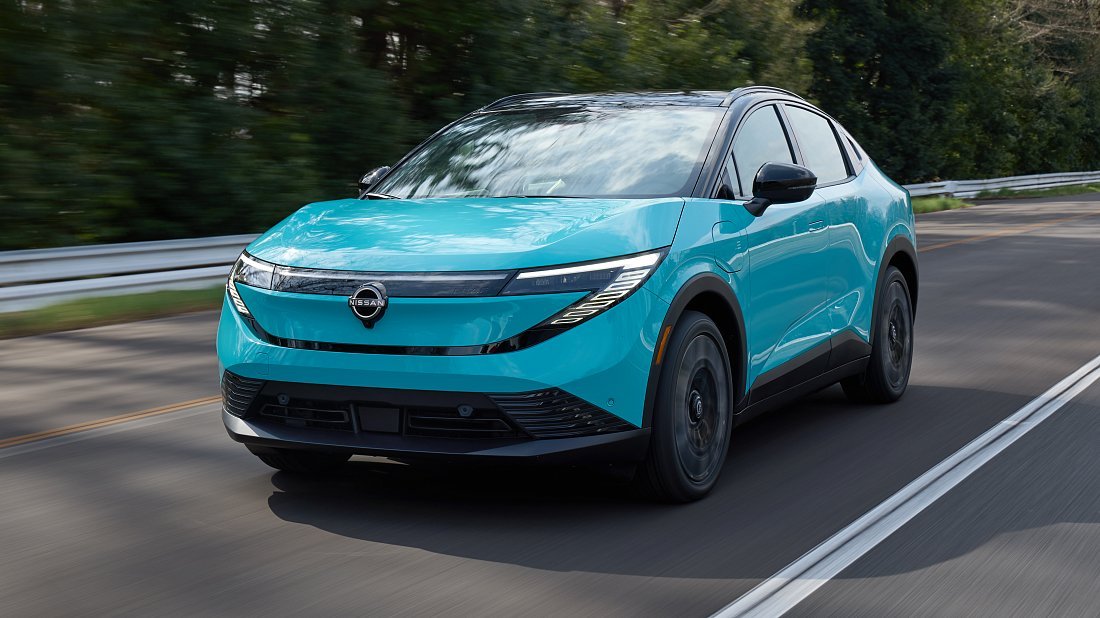
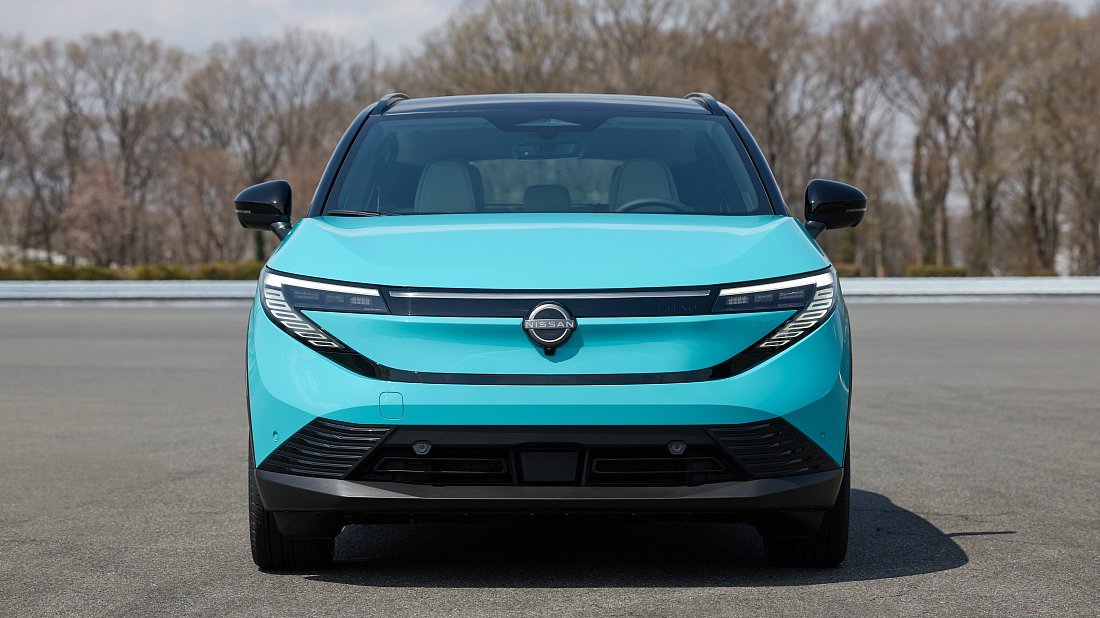
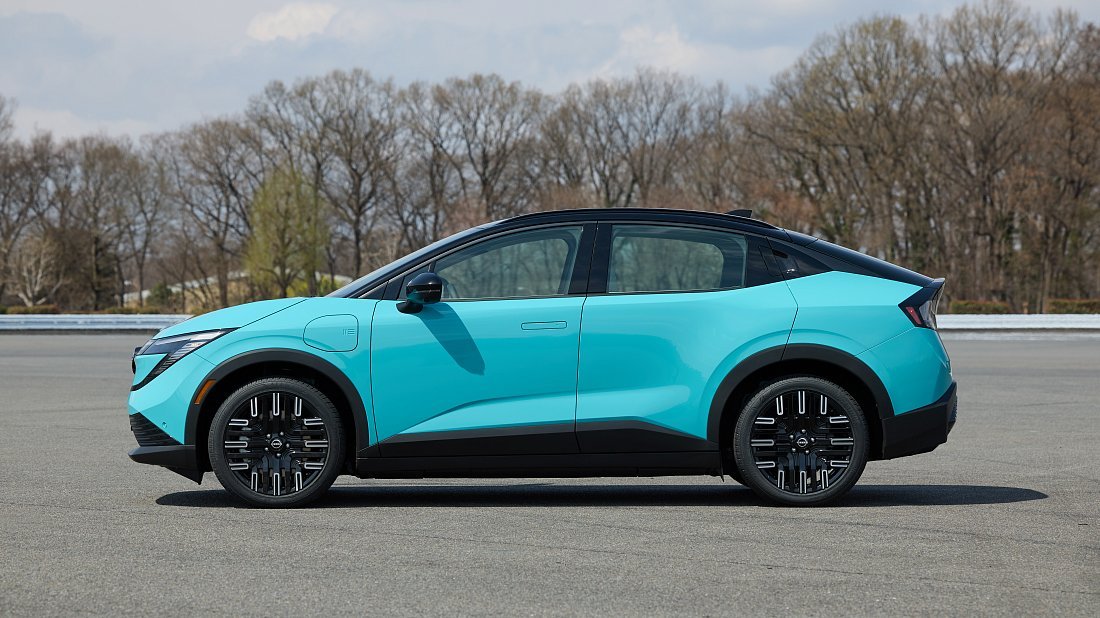
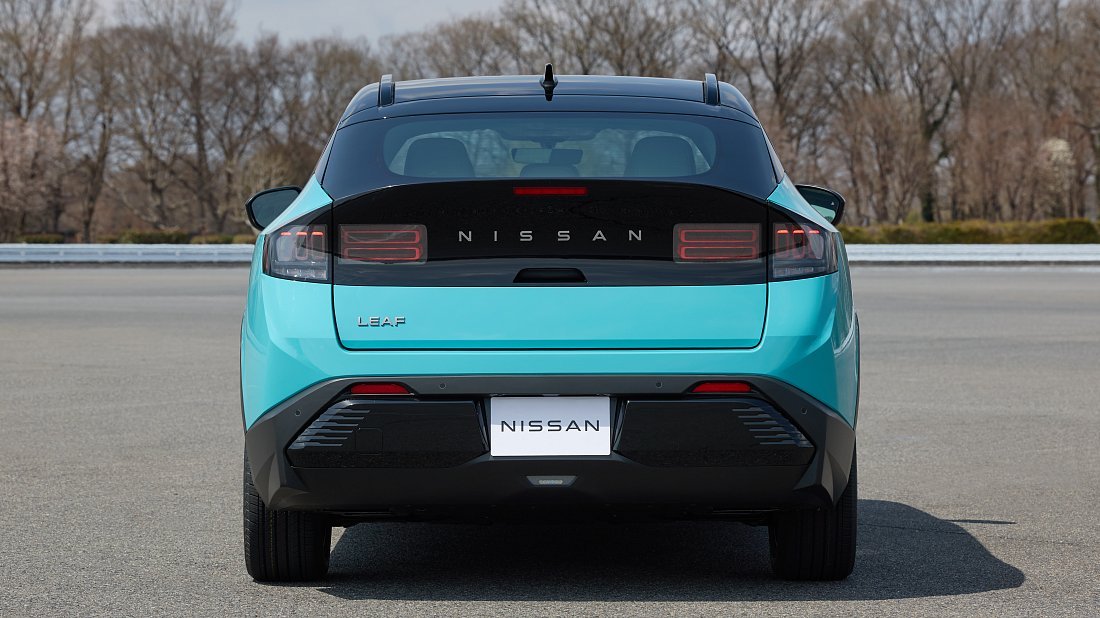
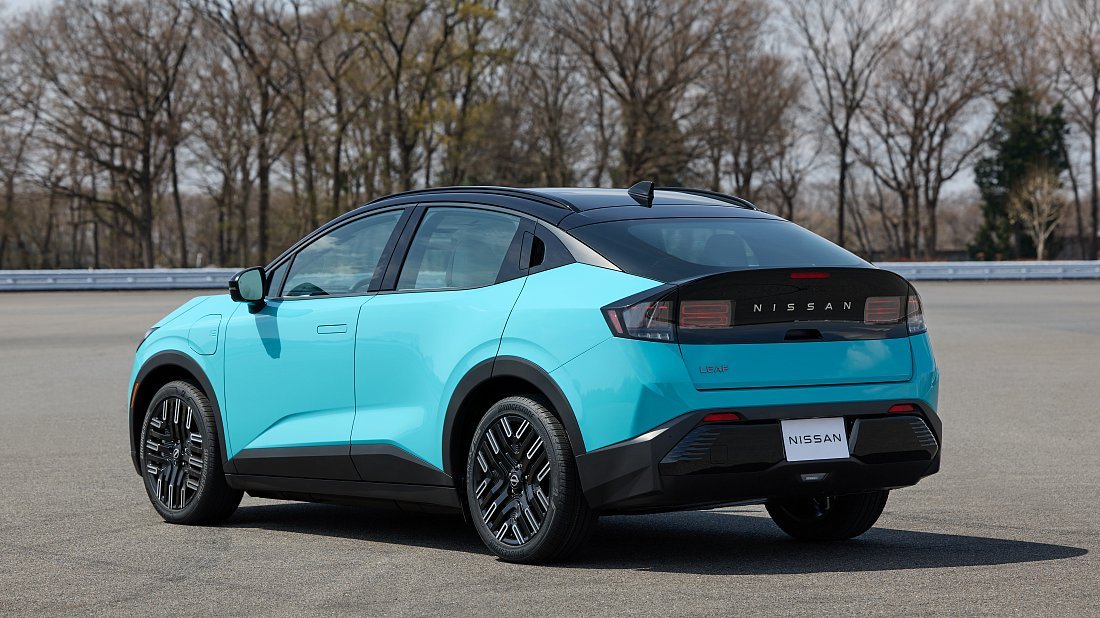
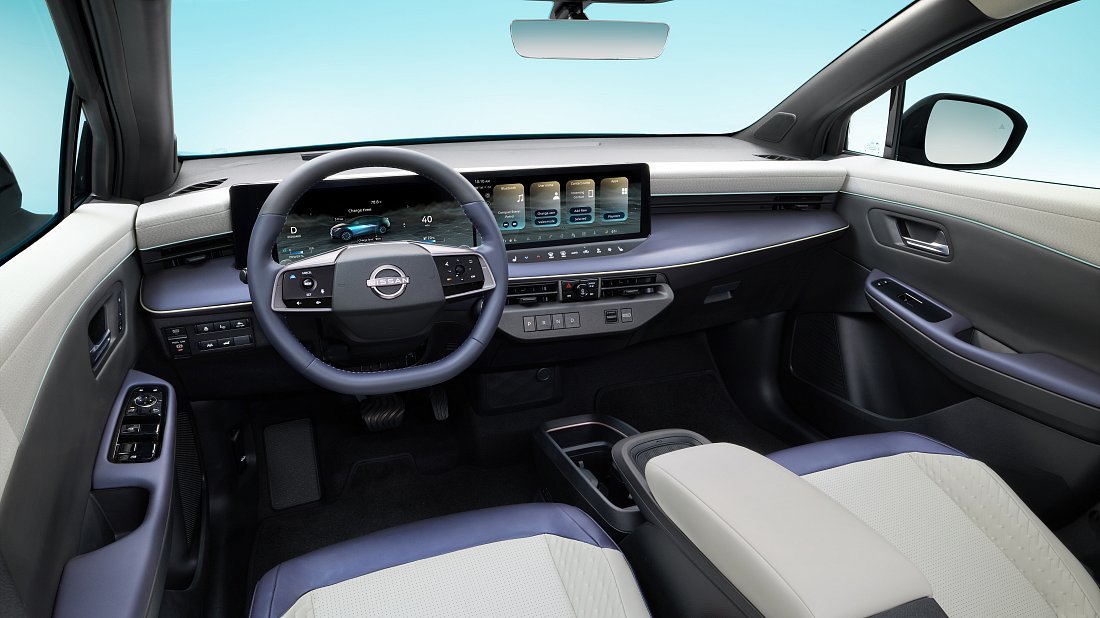
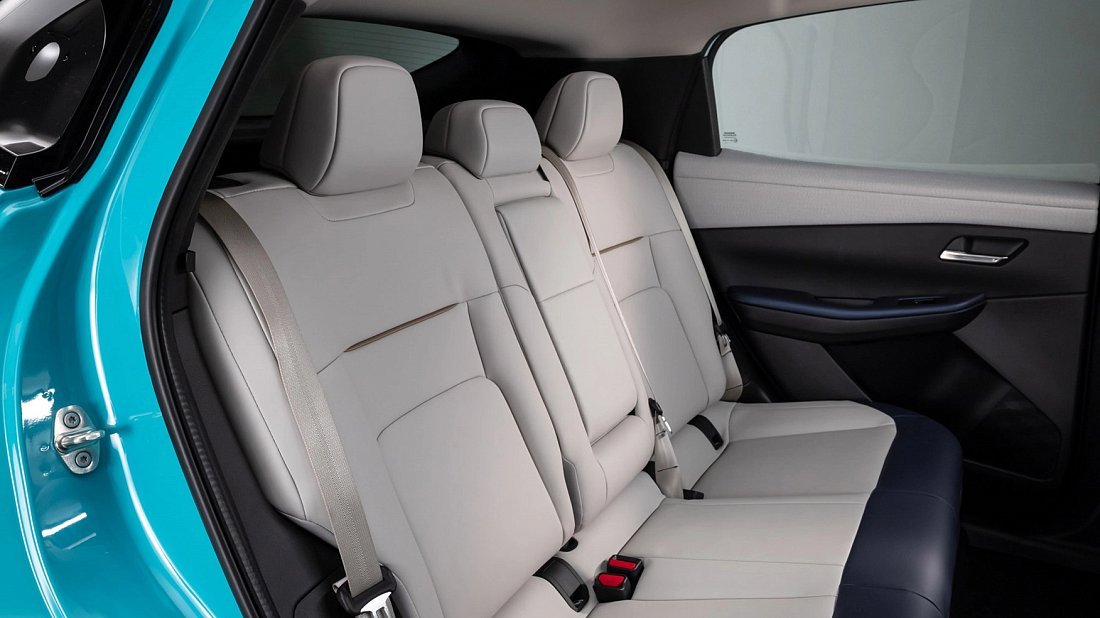
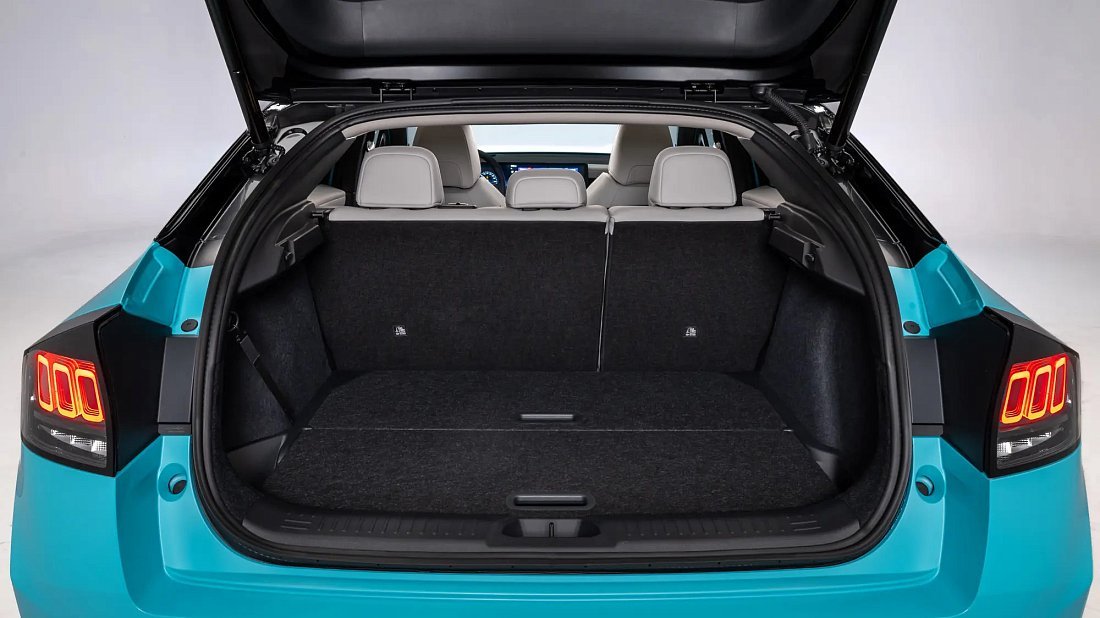
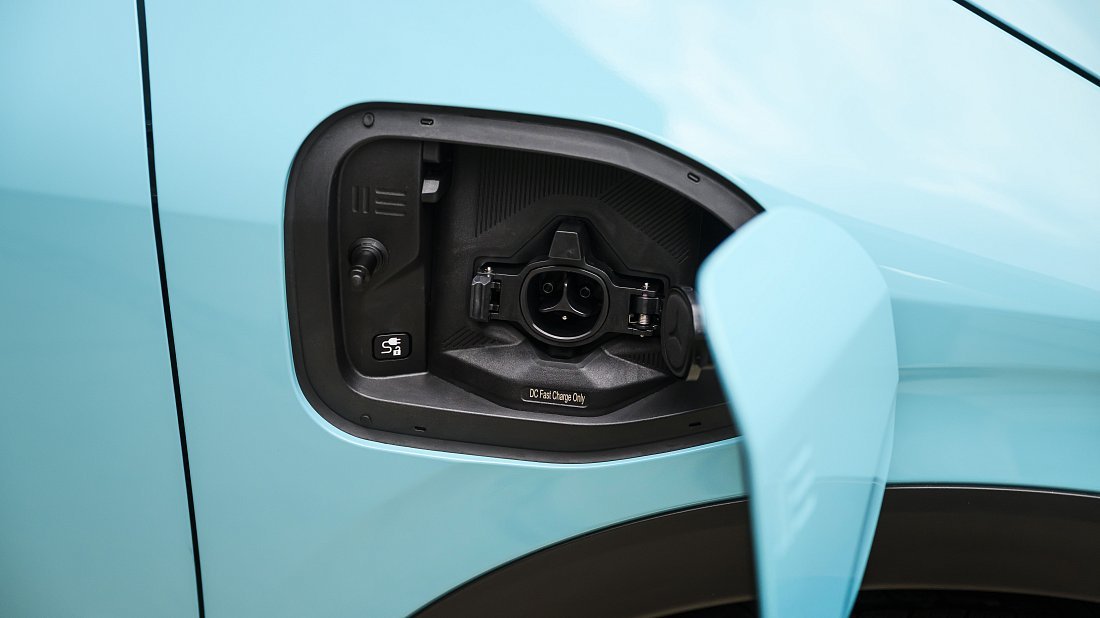
Overview
Production of this car has not yet started. Please note that some specs may change.Main Overview Information
- Price Europe (New)
- No Data
- Price Europe (Used)
- No Data
- Country of Manufacture
-
- Japan
![Japan Japan]()
- UK
![UK UK]()
- USA
![USA USA]()
- Japan
- Years of Production
- 2025-… (Announced)
- Body Style
- SUV
![]()
- Market Availability
- EU, USA
Pros and Cons
Reasons to Buy
- Striking new SUV design
- Excellent energy efficiency
- Modern CCS charging port
- Generous cargo capacity
Reasons Not to Buy
- Lacks an AWD option
- No front trunk (frunk)
- Relatively small battery
- Merely adequate performance
Overview
The Nissan Leaf is back, and it's had a serious glow-up! For 2025, Nissan has transformed its pioneering EV from a familiar hatchback into a sharp, coupe-styled SUV. This 52 kWh version is poised to be the sweet spot, blending practical range with Nissan's latest tech. It's aiming to shake up the competitive family EV crossover market, going head-to-head with rivals from Hyundai and VW. While official pricing is still under wraps as the car is 'Announced', expect it to be a compelling package for those looking for a stylish and capable electric daily driver.
What's New for 2025?
Pretty much everything! The 2025 Leaf is a ground-up redesign, ditching its old-school hatchback looks for a sleek crossover body inspired by the Ariya. It’s built on the modern CMF-EV platform, a massive leap forward that promises better dynamics and packaging. The biggest news for European buyers is the long-awaited switch from the outdated CHAdeMO port to the universal CCS Type 2 standard, finally unlocking access to the vast majority of fast-charging networks. This 52 kWh battery option is also a fresh addition, offering a new mid-range choice.
Design & Exterior
The new Leaf borrows heavily from Nissan’s futuristic Chill-Out concept, boasting a swooping roofline and clean, minimalist surfaces. It’s a proper head-turner. The sharp LED lighting signature and integrated grille give it a modern, aggressive face. This model measures up at 4405 mm long, 1810 mm wide, and 1557 mm tall, giving it a planted, athletic stance for a crossover. It’s a radical and welcome departure, transforming the Leaf from a sensible EV into something genuinely desirable and stylish on the road.
Interior, Tech & Cargo
Inside, expect a cabin heavily influenced by the upmarket Ariya, featuring a clean, minimalist dashboard dominated by large digital screens for the driver's display and infotainment. Material quality should see a significant jump, with a focus on creating a lounge-like, spacious feel for its five occupants. It’s practical, too. You get a generous 565 litres of boot space, which expands to a massive 1573 litres with the rear seats folded down. However, there’s no front trunk, or 'frunk', for extra cable storage. Apple CarPlay and Android Auto will certainly be standard.
Performance & Driving Experience
This front-wheel-drive Leaf is no slouch. Its single Permanent Magnet Synchronous Motor (PMSM) churns out 130 kW of power and a punchy 345 Nm of torque, getting you from 0-100 km/h in a respectable 7.5 seconds. That’s plenty of poke for zipping around town and confident motorway merging. The new platform should deliver a much more composed and engaging driving experience than the old car, with a focus on comfort and refinement. Expect Nissan's excellent one-pedal driving e-Pedal system to make a return for effortless city driving.
Range, Battery & Charging
The heart of this model is its 49.4 kWh usable battery pack. According to Green Cars Compare's proprietary calculations, this delivers a very useful real-world range of around 382 km, with an impressive efficiency of 7.73 km/kWh. Charging gets a massive upgrade thanks to the CCS Type 2 port. At home on a standard 7.2 kW AC wallbox, a full charge will take around 8 hours. On the road, it can guzzle electrons at up to 150 kW from a DC fast charger, zapping the battery from 10-80% in under 30 minutes.
Safety & Driver-Assistance Features
While official Euro NCAP ratings are pending for this new model, expect a top-tier 5-star result, given it’s built on Nissan's latest EV platform. Nissan’s ProPILOT Assist system will be a key feature, bundling intelligent adaptive cruise control with steering assist for semi-autonomous driving on motorways. Standard kit will almost certainly include essentials like automatic emergency braking with pedestrian detection, blind-spot monitoring, and lane-keeping assist, making it a very safe bet for a family crossover.
Warranty & Maintenance Coverage
Nissan typically offers solid peace of mind. Expect a comprehensive vehicle warranty of at least 3 years/100,000 km in Europe, with some markets offering up to 5 years. Crucially, the high-voltage battery will be covered by a separate, longer warranty, likely 8 years or 160,000 km, guaranteeing it against significant degradation. As an EV, maintenance is minimal—no oil changes needed!—which should keep running costs low. Given the Leaf's long history, reliability for the new generation is expected to be a strong point.
Previous Generation
Next Generation
There are no newer versions of this carPopular Videos
Similar Electric Cars
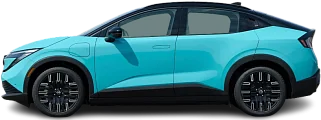
- Announced
- 2025-…
- Real Range
- 464 km
- 0-100 km/h
- 7.1 s
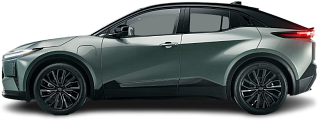
- Announced
- 2025-…
- Real Range
- 387 km
- 0-100 km/h
- 8.6 s

- Produced
- 2025-…
- Real Range
- 265 km
- 0-100 km/h
- 7.9 s
- Price (Europe)
- €31.990
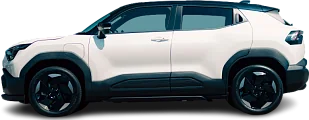
- Produced
- 2025-…
- Real Range
- 362 km
- 0-100 km/h
- 8.7 s
- Price (Europe)
- €35.295
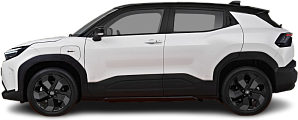
- Produced
- 2025-…
- Real Range
- 362 km
- 0-100 km/h
- 8.7 s
- Price (Europe)
- €36.990
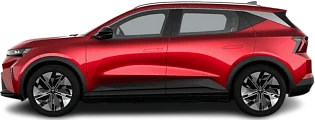
- Produced
- 2023-…
- Real Range
- 371 km
- 0-100 km/h
- 8.6 s
- Price (Europe)
- €40.400
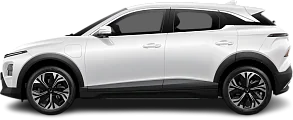
- Announced
- 2024-…
- Real Range
- 339 km
- 0-100 km/h
- 8.5 s





 Nissan Leaf 40 kWh (2022-2025)
Nissan Leaf 40 kWh (2022-2025)